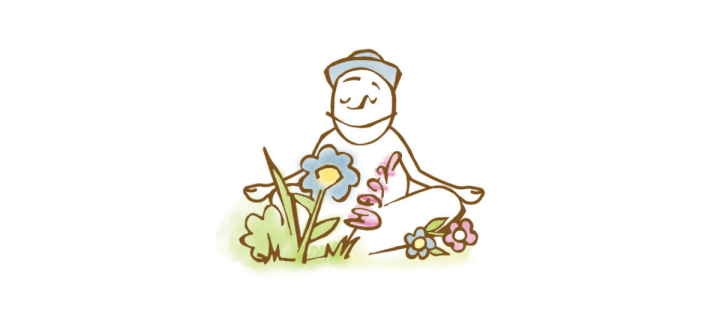Our Days of Breathing Rhythms
Our Days of Breathing Rhythms
Breathing is such a funny thing. We don’t have to think about breathing — our bodies do it without our conscious thought. Sometimes it feels like parenting happens using that same autopilot function. We get busy, life’s demands pile up, and we go from being the conscious parents we set out to be to managing everything on autopilot. Stopping to breathe doesn’t feel like an option.
But what if stopping to breathe is exactly the game changer you need? What if the act of breathing can provide a piece of the magic? A key? What if you could orchestrate your days so that breathing through them solved the management mode you are stuck in?
In my last guest post, I talked about the secrets to a peaceful home and the importance of rhythm. Today we are going to get a bit deeper into some concrete examples of breathing within a rhythm. That breathing concept is what turns rhythm from a confined schedule into a sense of flow.
First, close your eyes. Put your hand over your heart and chest and feel the rhythm of your breathing. If your day was breathing, it might look like this:
- Getting up (exhale)
- Eating breakfast (inhale)
- Going for a walk or movement (exhale)
- Stopping for a water break (inhale)
- Climbing on the monkey bars (exhale)
- Cuddling up for story time (inhale)
These spaces in our day have natural breathing points, but what happens if instead of being conscious of that breathing we instead did this:
- Getting up (exhale)
- Eating breakfast (inhale)
- Going for a walk (exhale)
- Climbing on the monkey bars (exhale)
- Going for a bike ride (exhale)
- Go to a playdate (exhale)
- Free play (exhale)
- TANTRUM - exhale that transforms into inhale
That tantrum comes from not being conscious of needing that inbreath or that break — the snack, the cuddle, the trip to the potty. All of those inbreaths create the space for the next exhalation.
Continual inhalation also doesn’t work. That same tantrum will come from the build up of energy that needs to be released in the outbreath.
So how can we, as busy parents, be conscious of this? Do a little test. How does your day feel? Do you have knots in your stomach? Do you feel frazzled? Do your children demonstrate a lot of big feelings? These are your cues to make some shifts.
What do your days look like? What tasks do you have each day? Examine your activities and determine which provide a sense of inhalation and which feel more like exhalation. Here are some examples, but your experience may feel different than mine. Try it out!
- Preparing food (inhale)
- Eating food (exhale)
- Exercise (exhale)
- Self care (inhale)
- Meditation and prayer (inhale)
- Serving others (exhale)
- Going to work (exhale)
- A coffee break at work (inhale)
- Driving in the car quietly (inhale)
- Driving in the car while chatting (exhale)
- Family walks (exhale)
- Cuddle time with children or spouse (inhale)
- Preparing for bed (inhale)
- Resting in bed (inhale)
When we begin to balance those in and out breaths, then we can feel more harmony in our day and our schedule becomes a beautiful flowing river, one that we can navigate with more ease.
What happens if you adjust these things and your rhythm still feels forced or you are still having tantrums? Do not give up. Instead, become a detective. See if you can get good at feeling the breathing. When you tune into that feeling — the breathing — then you can organically feel it when your child needs to exhale. It will take practice — but as with anything we put into practice, the reward is priceless.
About the Author

Melisa Nielsen
Melisa Nielsen is a wife and mother of five children ages 24 down to 10 years old. She has been homeschooling with Waldorf methods for the past twenty years and shares her knowledge in her homeschool training and curriculum at Waldorf Essentials. Last year, Melisa and her team created a true Waldorf inspired virtual school called Seasons of Seven. Melisa and her husband Erik are also family coaches working with families to bring peace into their home and heal generations of dysfunction. Melisa is a wife and an ex-wife. She's a stroke survivor and a parent of special needs kids. She loves her life. Her favorite things to do are to watercolor paint, knit and embroider.

